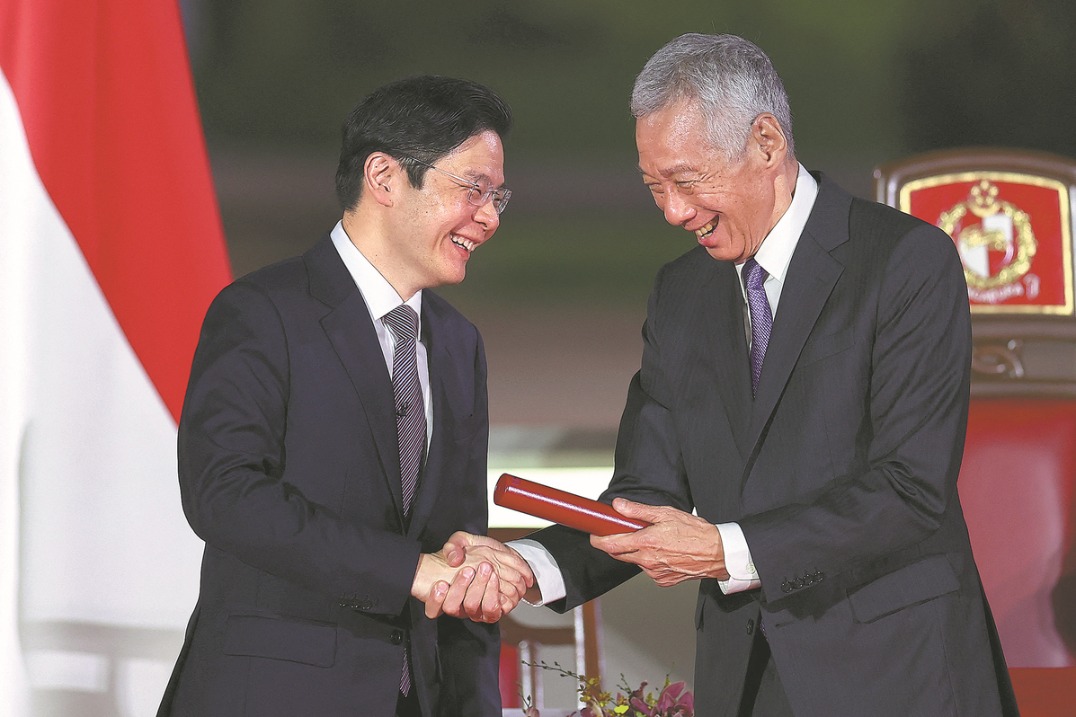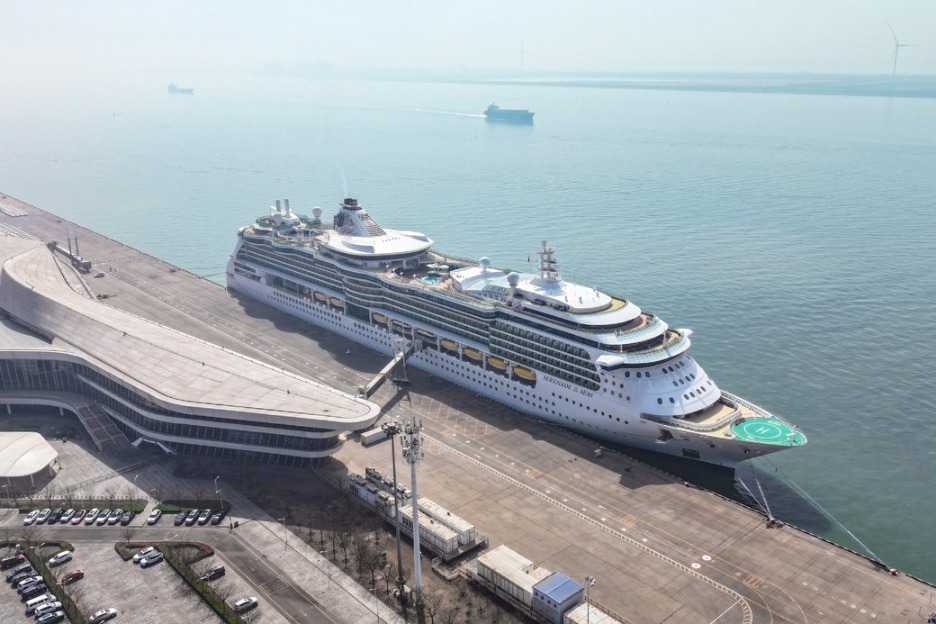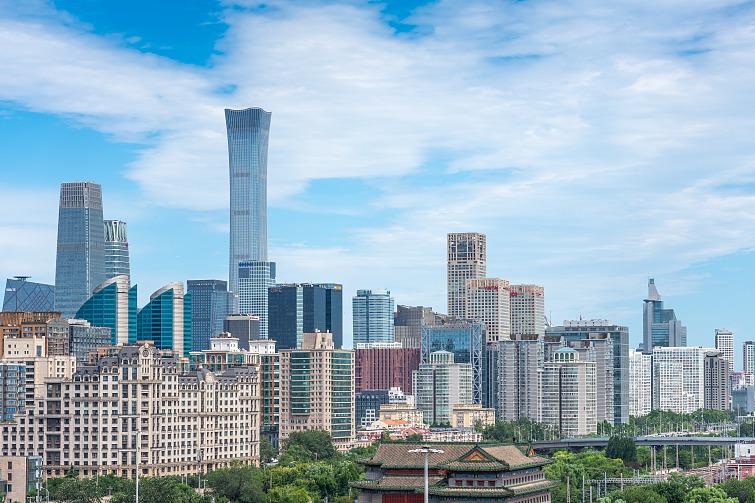Cheapest option for Japan, costliest for the world: China Daily editorial
chinadaily.com.cn | Updated: 2021-12-23 19:57

Tokyo Electric Power, operator of the crippled Fukushima Daiichi nuclear power plant, intends to build an underwater tunnel to release the 1.3 million tonnes of nuclear-contaminated water collected so far into the sea, according to a plan it submitted to Japan's Nuclear Regulation Authority.
All the signs indicate that the NRA, which is the administrator of the nuclear power plant that was seriously damaged by an earthquake and tsunami 10 years ago, is likely to give a green light to the tunnel which will extend about 1 kilometer offshore.
Tokyo Electric Power has already started the exploration work for building the underwater tunnel off the coast with the intention of starting construction in July next year and discharging the contaminated water into the Pacific Ocean starting from April 2023. While the work of the International Atomic Energy Agency's technical working group is still investigating the handling of the Fukushima nuclear-contaminated water, it is irresponsible for the Japanese government to proceed with the plan.
China firmly opposes Japan's unilateral decision to discharge the contaminated water into the sea, as a Foreign Ministry spokesperson stressed again at a news conference on Wednesday.
And it is not just China, the Republic of Korea, and indeed the international community as a whole have expressed grave concerns about the environmental and ecological impacts of discharging the contaminated water into the sea.
Since April, the international community has been raising concerns about the rationality and legitimacy of the plan, the credibility of the data Japan has released about the radioactive water and the reliability of the equipment being used to treat it.
Japan has ignored the outcry, disregarded all the questions and continues to proceed with its preparations to discharge the radioactive water into the sea. It has not provided any substantial evidence to prove the safety of discharging such a large amount of nuclear-contaminated water into the sea, not to mention the uncertainties and long-term environmental impacts of doing so.
That Japan refuses to use the "harmless" treated water for civil purposes speaks volumes of its doubts about the safety of the water.
Japan has constantly tried to defend the plan to discharge the nuclear-contaminated water into the sea since it proposed it eight months ago. It claims that it has no alternative, but that is not true. It is the cheapest solution for Japan, but the costliest one for the world. At the very least, the marine ecology of all the littoral countries of the Pacific Ocean will be at risk from Japan's unilateral move.
The handling of the nuclear-contaminated water from Fukushima is not Japan's internal affair, as it has a bearing on the health of the marine environment and people's well-being worldwide. The half-life period of the nuclear materials in the contaminated water from Fukushima is not counted in decades, but thousands of years. Japan should therefore work with the IAEA and other stakeholders to deal with the water in the safest way, and the process should be transparent and under the scrutiny of the international community.
























